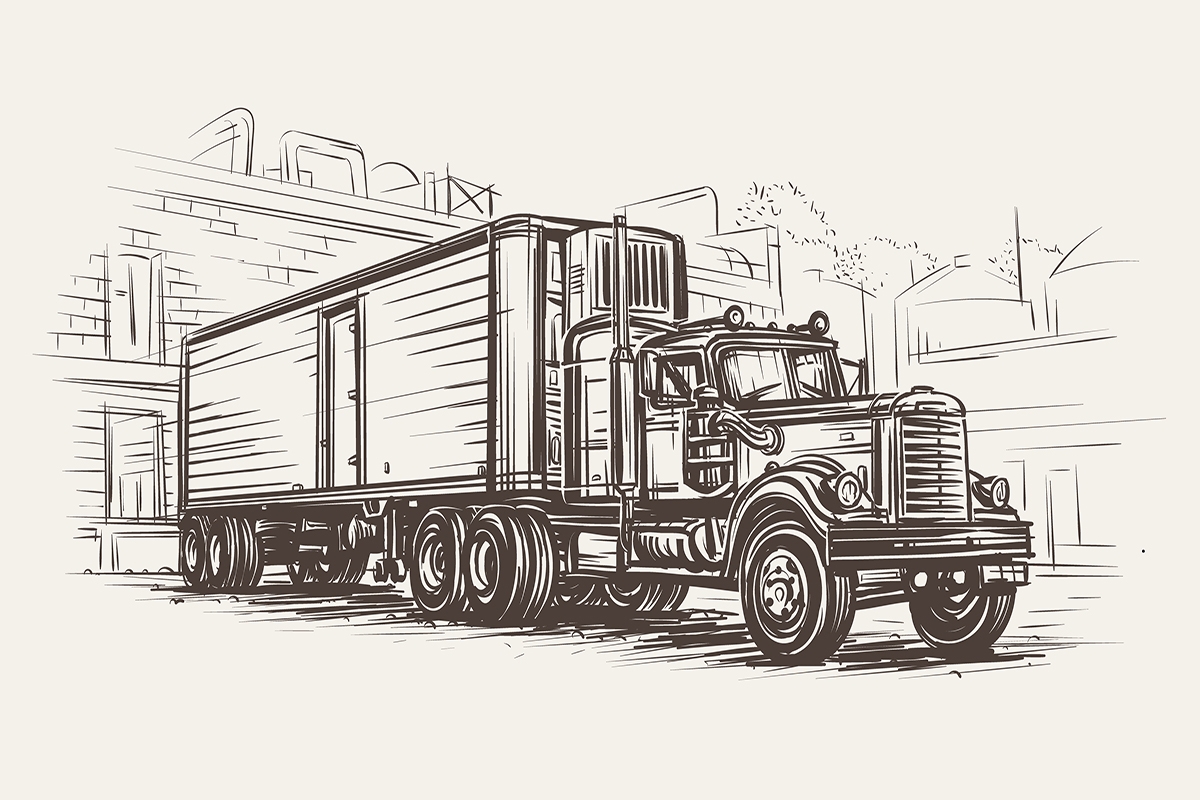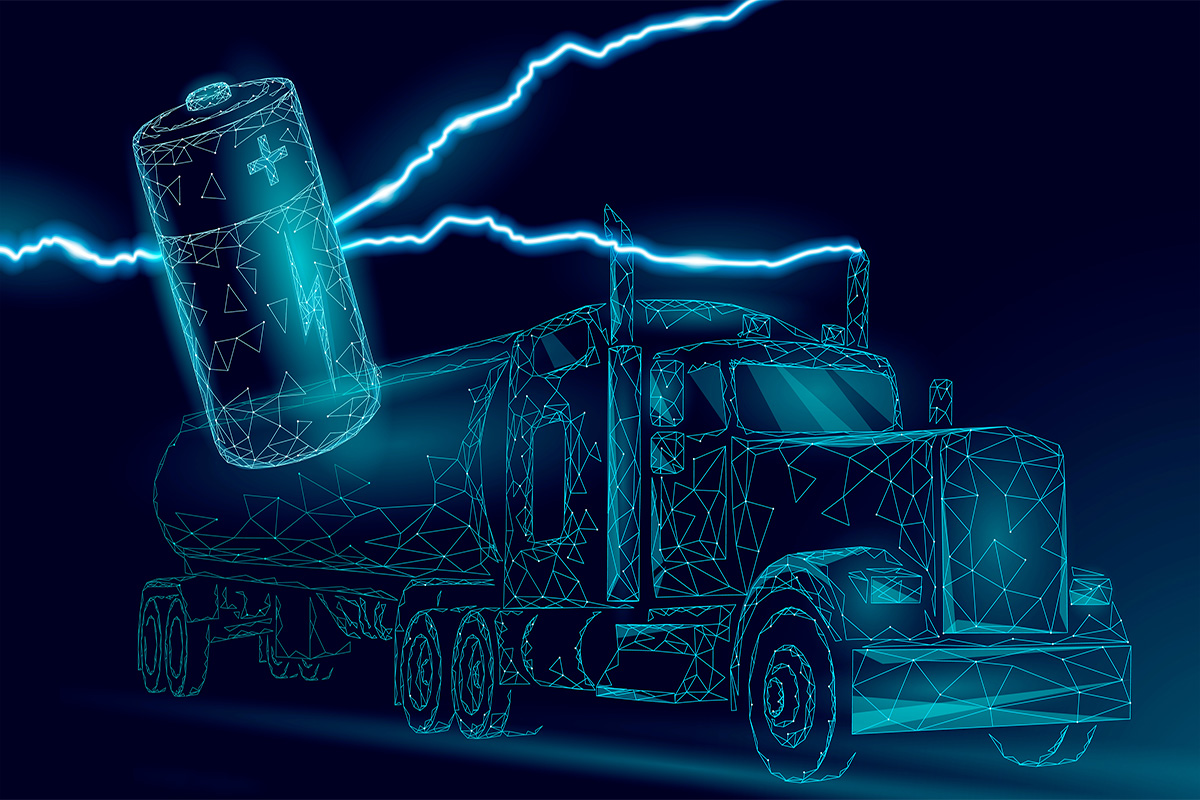June 6, 2021
The Evolution of the Semi-Truck
Today we see them on roads and highways in multiple colors; giant metal beasts hauling one, two, sometimes even three trailers at a time; it’s the semi-truck. They get us the supplies we need for almost everything we do in life, but where did these semis originate, and how did they get to where they are today? Let’s look at the past, present, and future of the semi-truck.
Wagons, Trains, and Automobiles Leading to the Semi-Truck
Where do we begin to date the invention of the semi? It may be up to opinion at this point, but we’ll place it somewhere in the horse and wagon days. Horses pulled wagons full of people and their belongings and aided them in their journeys of moving from one place to another. Besides horse-drawn wagons, the only form of transportation of people or goods was by train, which was limited to the railway system.
The invention of the automobile or “horseless carriage” followed but was primarily used to transport people and goods short distances.
Driving these cars cross country wasn’t imaginable until 1903 when Dr. Horatio Nelson Jackson and Sewall Crocker transported Alexander Winton’s motorcar invention, the Winton Six, from San Francisco to New York City. The continent was crossed in an automobile for the first time, proving to take significantly less time than a horse or train.
Evolution From Semi-Trailer to Semi-Truck
With more opportunities for hauling and traveling cross country quicker, the need to move oversized loads grew and led to the invention of the semi-trailer. August Fruehauf started building horse-drawn wagons, and in 1914, was approached by a man who wanted to haul a boat.
The man needed a mechanism that would allow him to attach his boat to his Ford Model T. After Fruehauf successfully constructed a hitch mechanism using the truck and a wagon, he called his invention the “semi-trailer.”
This concept grew and continued to grow with the Federal Highway Act of 1916, followed by the Federal Highway Act of 1956, which developed the countries highway systems. Companies were now designing on-highway semi-trucks that today can support a haul of up to 3 trailers.
Freightliner Joins Semi-Truck Evolution
Many companies started making heavy-duty commercial semi-trucks, and innovators such as Freightliner joined in and designed lighter truck components using aluminum rather than traditional steel. They began in 1950 with their Eastern Freightliner intended to haul a single semi-trailer.
In 1953 they introduced the first overhead sleeper designed for long-haul applications. They continued changing the game for semi-trucks until its 2017 public release of the Cascadia line, “ushering in a new era of on-highway trucking.” The Freightliner Cascadia Evolution is the semi-truck choice for Armada Trucking Group, focusing on safety, fuel efficiency, up-time, and the highest level of comfort for our long-haul drivers.
Is the Electric Semi-Truck the Evolution of the Future?
The talk of electric trucks is becoming more and more prevalent, especially with the push for cleaner energy and protection of the environment. The Freightliner trucks have come a long way and continue to pave the road for a cleaner future with their innovations.
In 2022, Freightliner will begin production of its 100% battery-electric semi-truck, the eCascadia. Is the electric semi the future for trucking? We’ll visit that topic in-depth soon. For now, check out what else is happening in the trucking industry.



